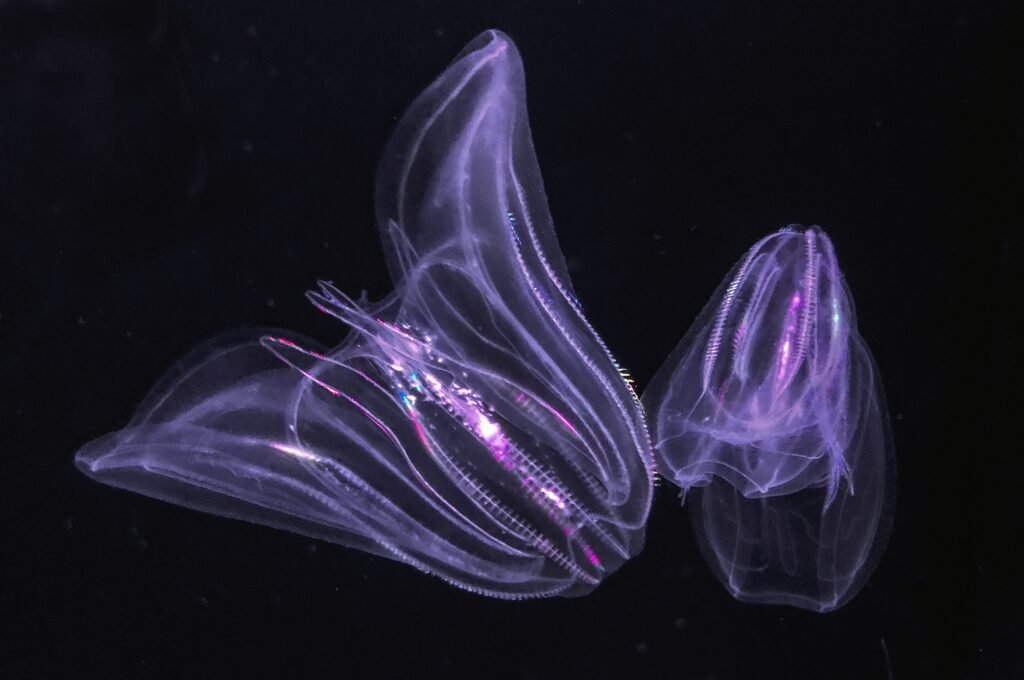Scientists found a new moon for Earth which will stick for 1000 years
Scientists found a new moon named quasi-moon or quasi-satellite following Earth on its yearly revolution around the Sun. They found an asteroid named 2023 FW13, which they gave the name quasi-moon.
They named asteroid “2023 FW13” a quasi-moon or quasi-satellite because it orbits the Sun similarly to Earth. Although it mainly orbits the Sun, Earth’s gravitational pull also influences the orbiting path of quasi-moon.
The diameter of a quasi-moon is around 50 feet (15 meters). It is approximately nine million miles (14 million kilometers) from Earth.

Scientists found a new moon or asteroid 2023 FW13 using the Pan-STARS survey telescope on March 28, 2023. They inserted this telescope on the top of Haleakala, an inactive volcano on the Hawaiian Island of Maui.
The Canada-France-Hawaii telescope and two observatories in Arizona, Kitt Peak National Observatory and Mt. Lemmon SkyCenter, confirmed the presence of 2023 FW13 near Earth.
Following that, the International Astronomical Union’s Minor Planet Center formally listed the asteroid 2023 FW13 on April 1, 2023. This institution assigns names to newly discovered planets, moons, and other solar system astronomical objects.
Hence, astronomer Adrien Coffinet learned about the asteroid’s listing. He tracked the asteroid’s path with an orbit model. Astronomer Tony Dunn created the orbit model.

Click here to read If the moon disappeared, what would happen to Earth?
The model showed 2023 FW13 orbiting the sun simultaneously with Earth’s rotation. Hence, Adrien categorized the 2023 FW13 model as a “quasi-moon” because it orbits our planet.
However, Alan Harris, a senior research scientist at Boulder, Colorado’s Space Science Institute, emphasized that calling an asteroid a “quasi-satellite” is a bit unrealistic considering the Earth’s significant influence on the speed of 2023 FW13.
According to astronomers, 2023 FW13 has been Earth’s cosmic ally since at least 100 BCE. The asteroid will follow Earth around the Sun until around 3,700 CE. They don’t think it will hit Earth, even though it is orbiting pretty close to it.
Read More:
- Sea creature turns into a baby when it is stressed out showing time travel
- Realme Narzo 70 Turbo 5G launch date, features, specifications & price
- European Space Agency printed 3D metal part in space for first time
- Earth’s mysterious Alaska triangle where over 20,000 people disappeared
- Philips Hue launched a new smart lighting solution for kitchen
- NASA to launch life-searching spacecraft to Jupiter’s moon Europa
Share this content:










Post Comment